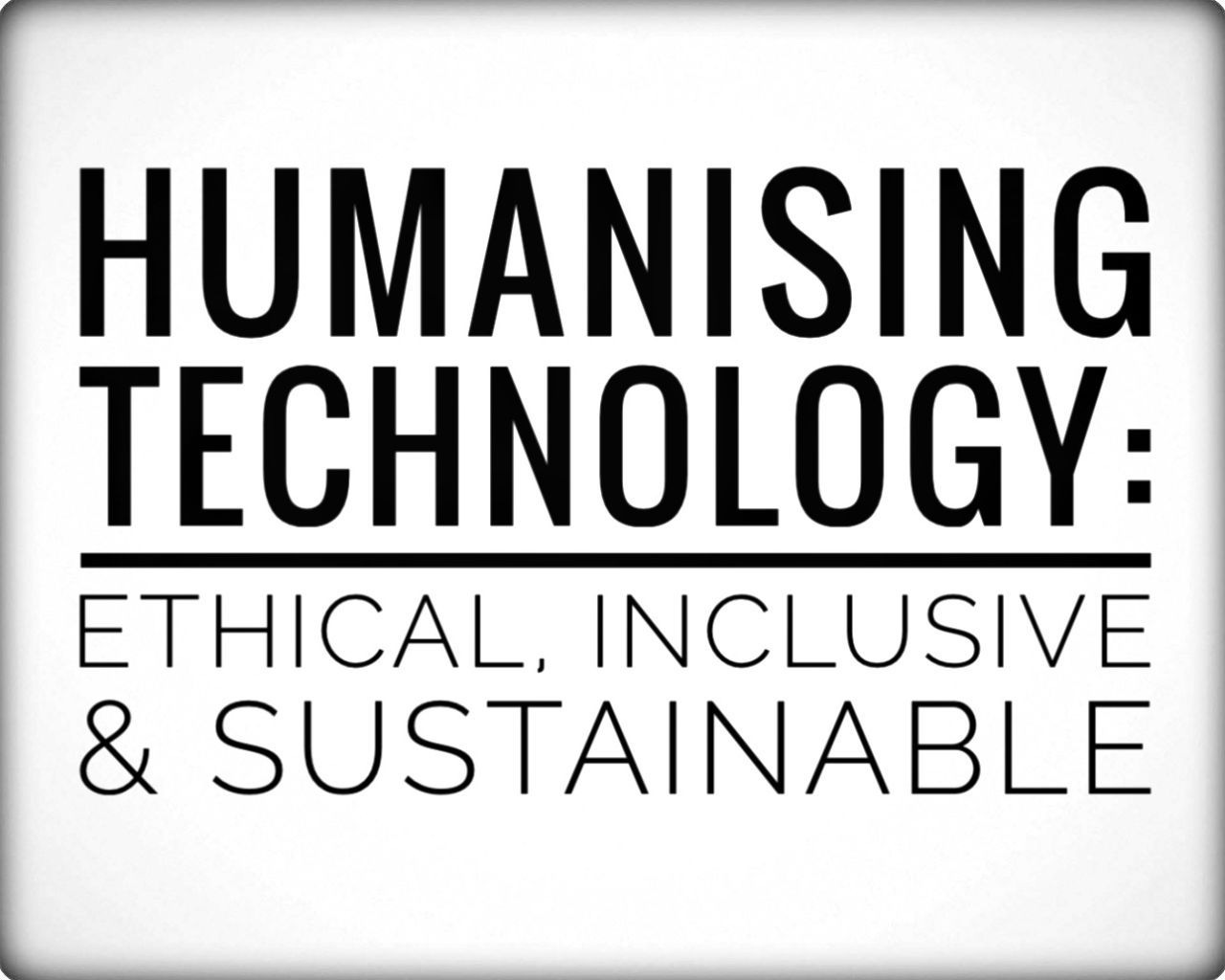It involves ensuring that advancements in artificial intelligence are designed and implemented in ways that are beneficial, ethical, and aligned with human values. Here are some key aspects to consider:
1. Ethical AI Development:
Developing AI systems that prioritize ethical considerations, such as fairness, accountability, transparency, and the prevention of biases.
2. User-Centric Design:
Designing AI systems that are intuitive and user-friendly, ensuring that they enhance human capabilities rather than replace them. This includes focusing on user experience (UX) and accessibility.
3. Privacy and Security: Implementing robust measures to protect user data and ensure privacy. This involves transparent data policies and giving users control over their personal information. Additionally, ensuring that no electronic device collects data from humans in an involuntary manner.
4. Emotional Intelligence:
Creating AI systems that can understand and respond to human emotions appropriately. This includes developing AI with empathy and the ability to engage in meaningful interactions with users.
5. Inclusivity:
Ensuring AI technology is inclusive and accessible to diverse populations, considering factors such as language, culture, and socio-economic status.
6. Collaboration between Humans and AI:
Fostering environments where AI complements human work, allowing for collaborative efforts that leverage the strengths of both humans and machines.
7. Education and Literacy: Promoting AI literacy and education to help people understand and engage with AI technologies effectively. This includes training and resources to demystify AI for the general public.
8. Regulation and Governance: Establishing regulatory frameworks and governance structures that guide the ethical development and deployment of AI technologies. This includes international cooperation and standard-setting.
9. Enhancing Human Creativity: Creating a better world where mundane tasks are handled by AI, freeing humans to spend more time on fine arts, music, and other creative pursuits.
10. Environmental Sustainability: Utilizing AI to develop technologies that help improve the environment, ensuring sustainability for not just humans but all species. This includes using AI to monitor and manage resources, reduce waste, and combat climate change.
By focusing on these aspects, we can ensure that AI technology is developed and utilized in ways that are not only innovative but also deeply aligned with human needs and values, contributing to a better, more sustainable world.

